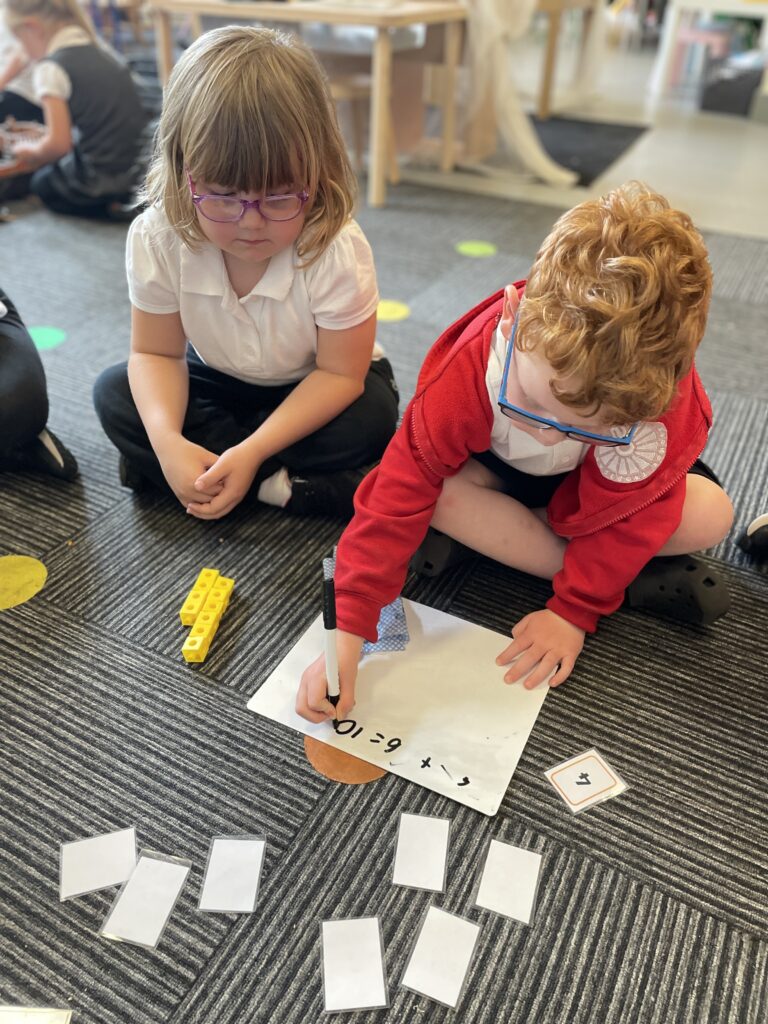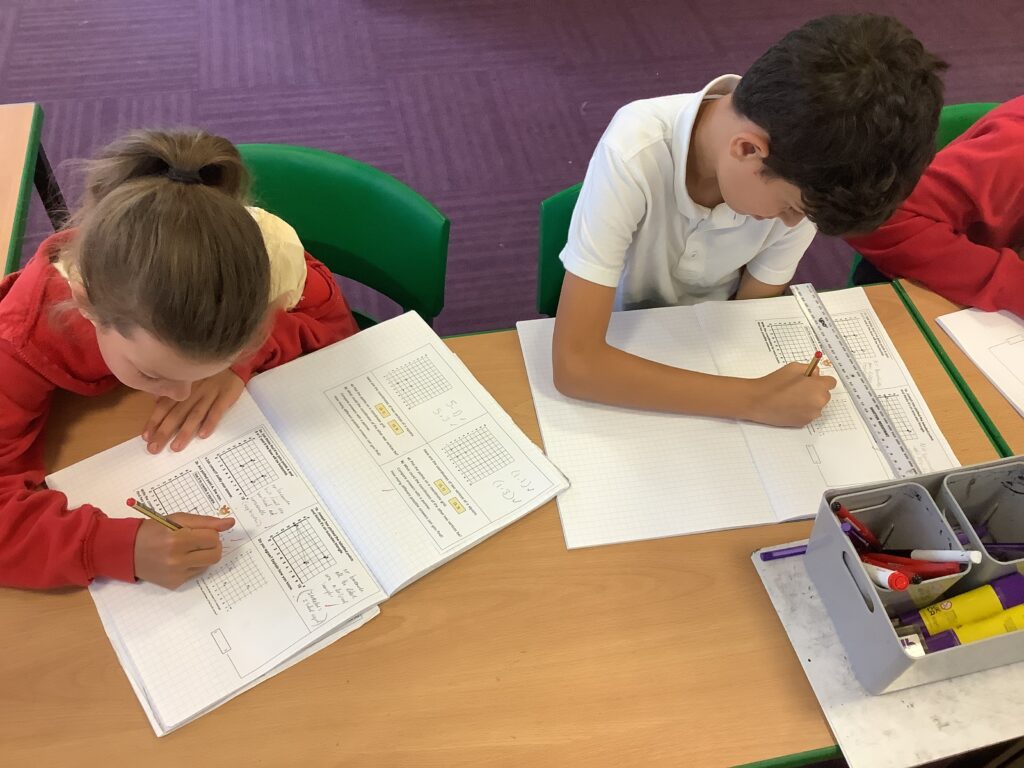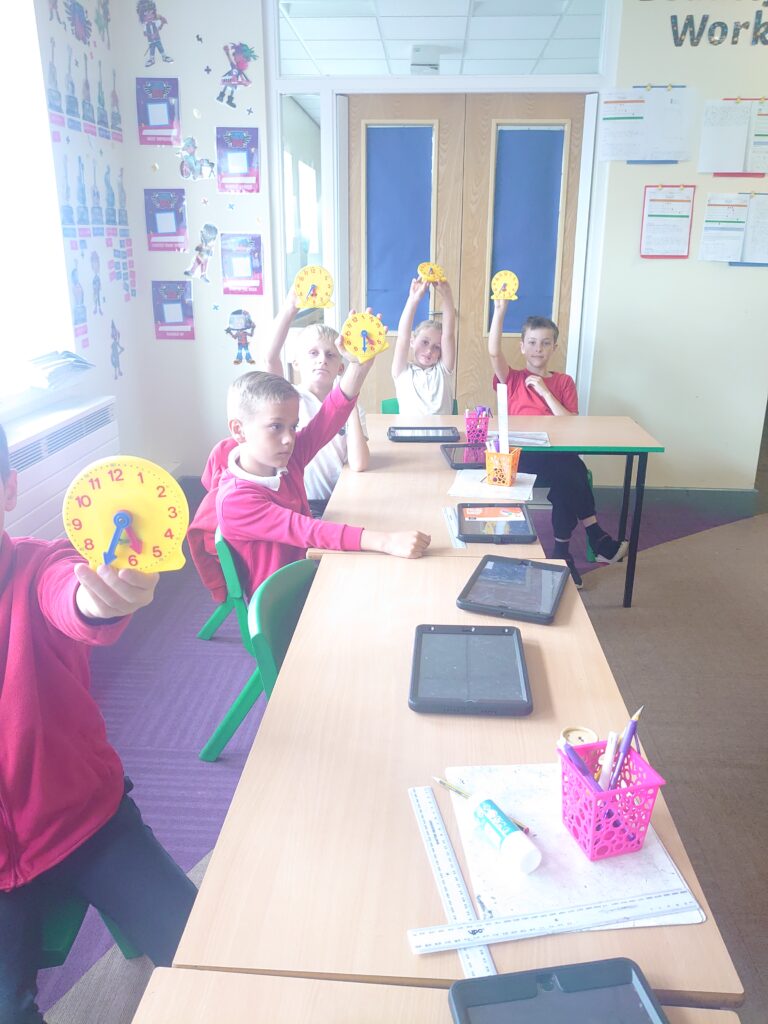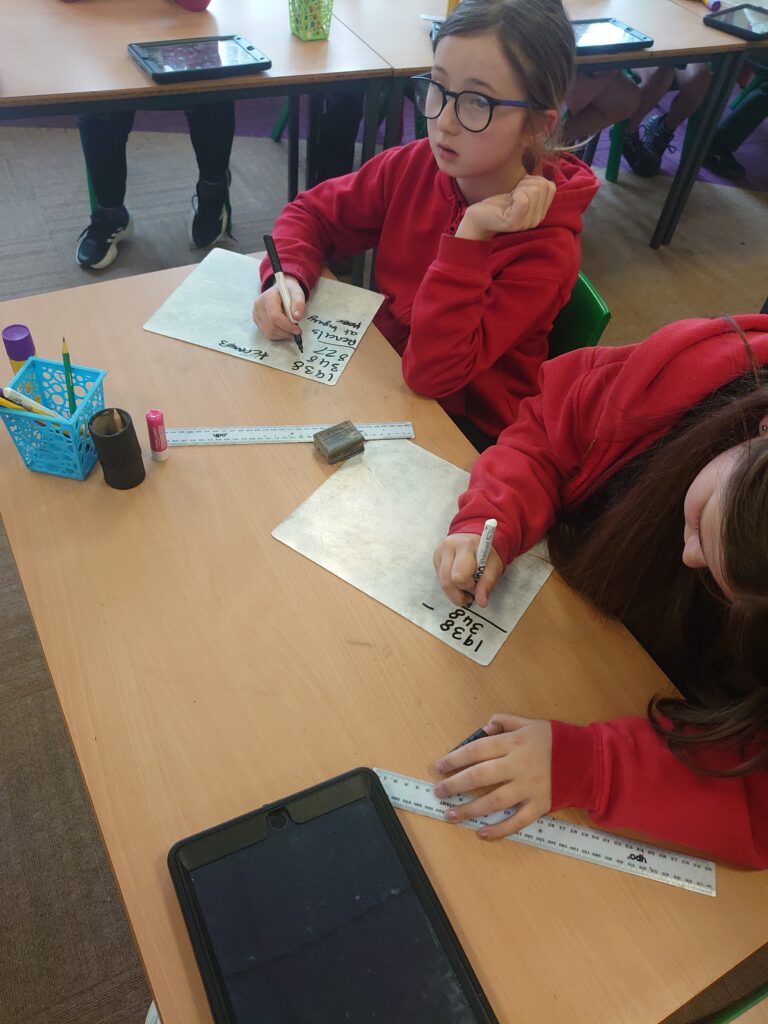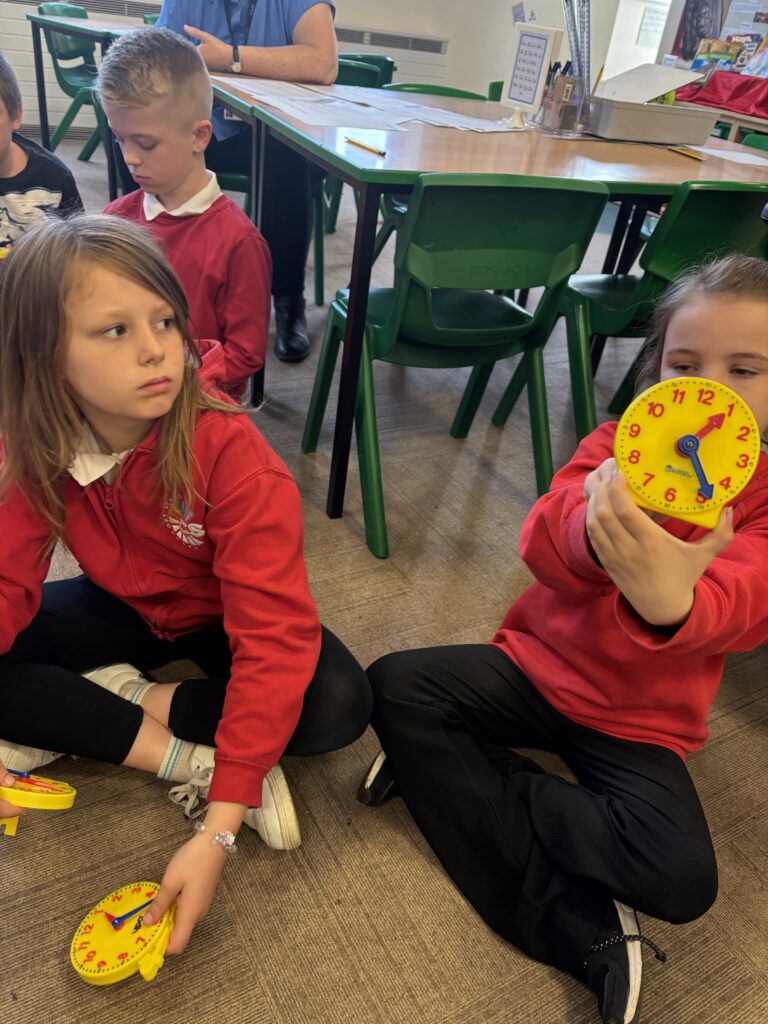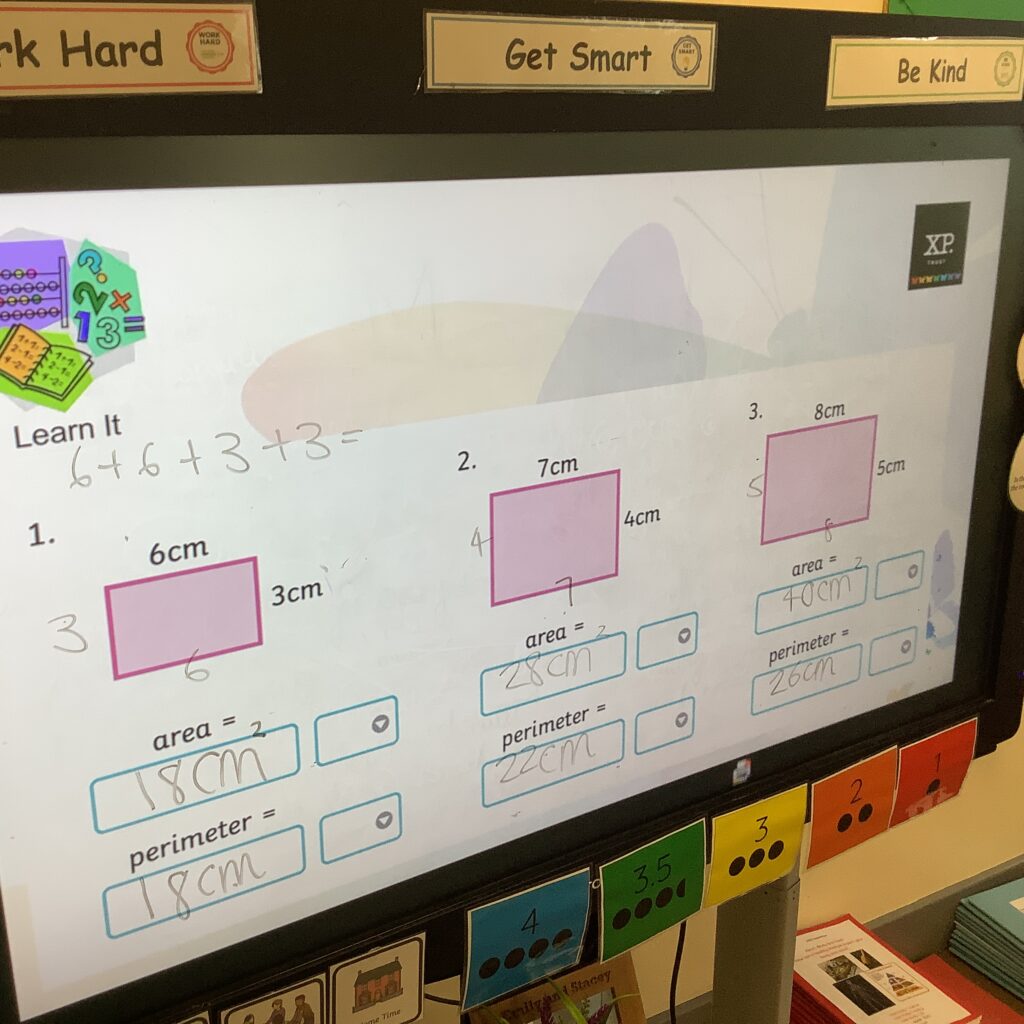This week, Crew MW have been exploring their number bonds to 10 and writing these as addition sentences. We used the cubes to find the two parts, and then put them together to make the whole number of 10. We worked really hard to get smart in this lesson!









